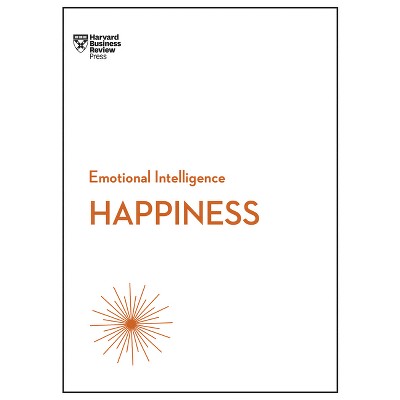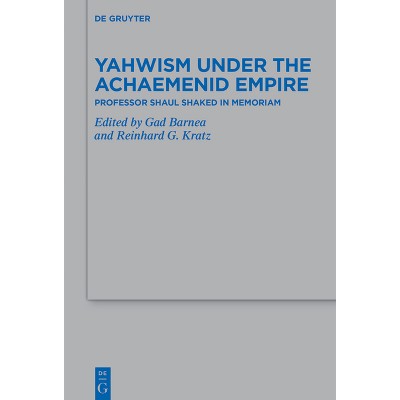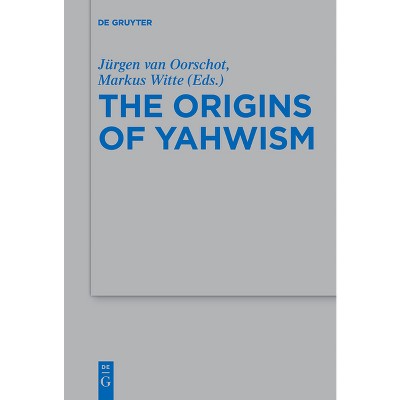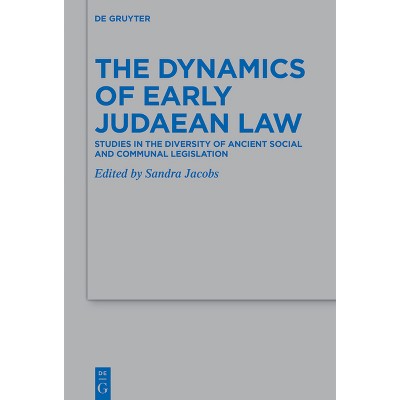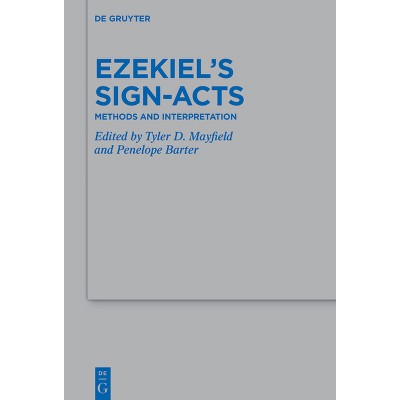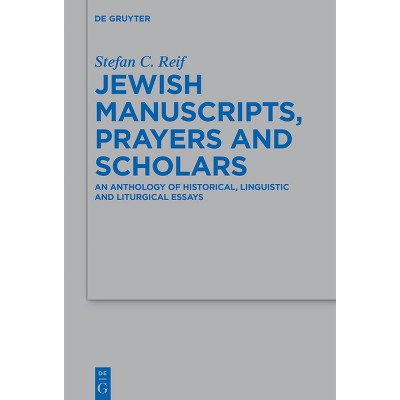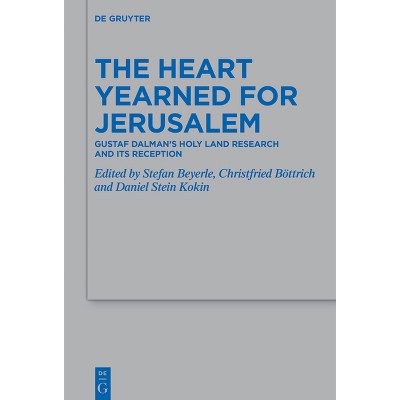Sponsored

Dimensions of Yahwism in the Persian Period - (Beihefte Zur Zeitschrift Für die Alttestamentliche Wissensch) by Gard Granerød (Paperback)
In Stock
Sponsored
About this item
Highlights
- What was Judaean religion in the Persian period like?
- About the Author: Gard Granerød, MF Norwegian School of Theology, Oslo, Norway.
- 404 Pages
- Religion + Beliefs, Judaism
- Series Name: Beihefte Zur Zeitschrift Für die Alttestamentliche Wissensch
Description
About the Book
The book argues that the Aramaic documents from Elephantine dating to the Achaemenid period offer not only important glimpses of Judaean religion in the Persian period but that the religion of the Judaeans in Elephantine is among the best historicalBook Synopsis
What was Judaean religion in the Persian period like? Is it necessary to use the Bible to give an answer to the question? Among other things the study argues that
- the religion practiced in the 5th c. BCE Elephantine community and which is reflected in the so-called Elephantine documents represent a well-attested manifestation of lived Persian period Yahwism,
- as religio-historical sources, the Elephantine documents reveal more about the actual religious practice of the Elephantine Judaeans than what the highly edited and canonised texts of the Bible reveal about the religious practice of the contemporary Yahwistic coreligionists in Judah, and
- the image of the Elephantine Judaism emerging from the Elephantine documents can revise the canonised image of Judaean religion in the Persian period (cf. A. Assmann).
The Elephantine Yahwism should not be interpreted within a framework dependent upon theological, conceptual and spatial concepts alien to it, such as biblical ones. The study proposes an alternative framework by approaching the Elephantine documents on the basis of N. Smart's multidimensional model of religion. Elephantine should not be exotified but brought to the very centre of any discussion of the history of Judaism.
About the Author
Gard Granerød, MF Norwegian School of Theology, Oslo, Norway.
Shipping details
Return details
Frequently bought together

Trending Non-Fiction






